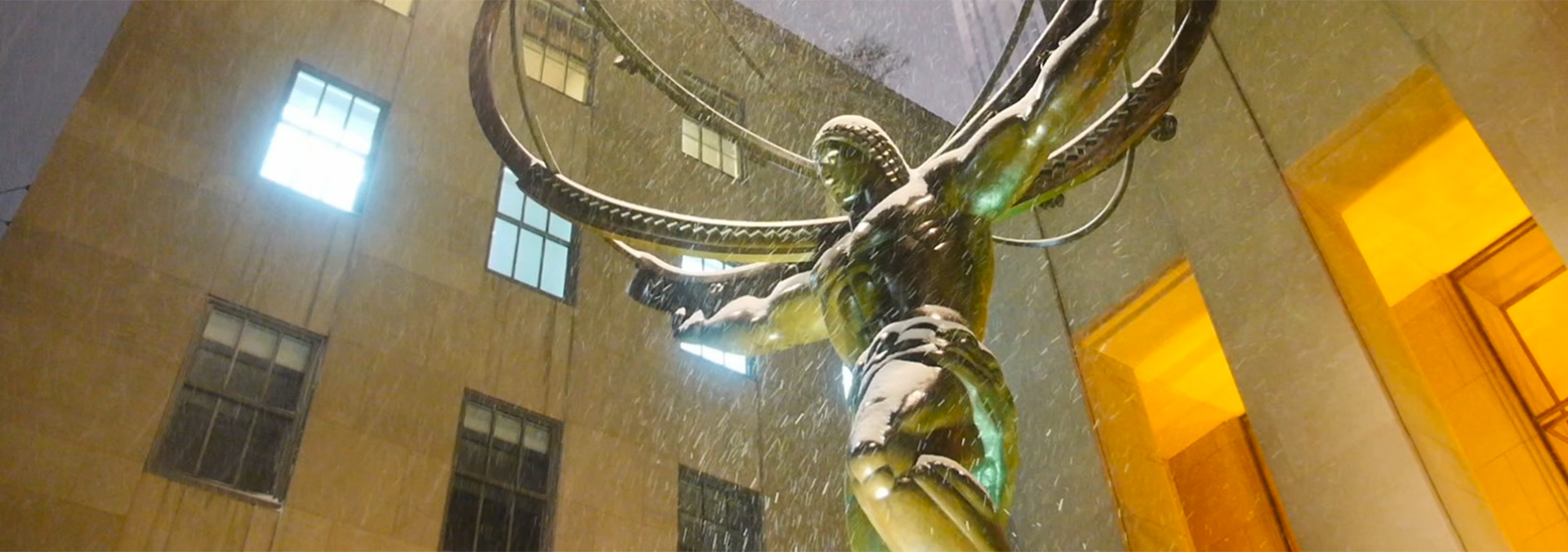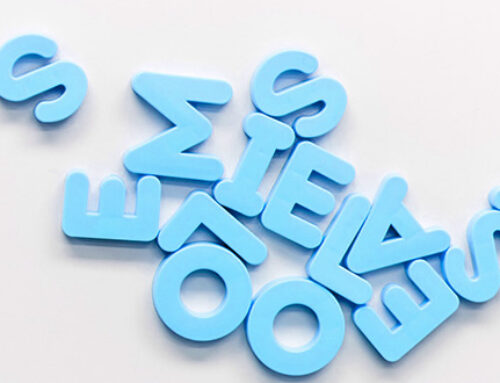Burnout is the enemy of sustainability. Yet, in a world where the trend seems to be one of ever-increasing speed, intentionally slowing down goes against the grain and may even be met with considerable resistance.
I remember when I recognized the early signs of burnout and took action before I crashed. I’d been given an unrelenting higher-than-normal workload for a few weeks and had coped for over a month, but one day I was dealing with a particularly aggressive patient and I caught myself thinking, “I hope this cat bites me badly so that I can go to hospital and have a break.” Whoah! That was not a normal response or wish, and I’m thankful I paid attention to the red flag.
The World Health Organization defines burnout as “a syndrome … resulting from chronic workplace stress that has not been successfully managed.” A test developed by Prof. Christina Maslach highlights three components of the syndrome: emotional exhaustion, depersonalization, and (lack of) personal accomplishment. The last component is sometimes described as cognitive impairment or reduced professional efficacy. (Schaufeli, Desart, and De Witte 2020)
As Shaun Joynt points out in his short video on the SATS YouTube channel, the clergy are vulnerable to burnout for a number of reasons:
- Being on call 24/7.
- Feeling the need to solve all problems in any and every situation.
- The challenges of modern life: technology, speed, complexity.
I may not be a pastor, but I can identify with this list. Having worked in the veterinary industry, I have been on call, I have felt the need to work faster and faster, and I’ve experienced the weight of being unable to help some of my patients.
The best articulation of the struggle I experienced came from a post-graduate module I studied last year: The term we explored was “empathetic distress” where one feels distressed because you empathize with another, but can’t solve their problem. Being in empathetic distress on a daily basis is like grazing your hand on a rough concrete surface over, and over, and over again. You never quite heal, despite wanting to reach out and help.
This is where the issue of sustainability comes in. Opinions differ regarding how long it takes to recover from burnout. Some studies suggest one to three years, others as long as a decade. (Nortje 2021) In reality, which of us can afford to take a break of one to three years in length?
Shaun Joynt suggests a number of ways to prevent burnout:
- Do not neglect your relationship with God.
- Set boundaries for work time versus family time.
- Exercise regularly.
- Take breaks, make time for rest, and prioritize high-quality sleep.
- Consider your strengths and weaknesses: focus on the former and partner with others to complement the latter.
I’d like to make three additions to Shaun’s list:
- Spend time outdoors in God’s creation, pursuing true peace and quiet.
- Take regular breaks from technology.
- Implement the One Minute Pause.
Setting boundaries has been one of the things I’ve struggled with the most. I tend to feel bad when I say no or disappoint another person, but learning to communicate properly and set certain boundaries is absolutely essential to sustainable well-being.
It may help to remember that even Jesus became tired (John 4:6) and often withdrew to a quiet place to spend time with God (Mark 1:35; Luke 5:16). His relationship with God sustained him and he, in turn, encouraged his disciples to rest:
The apostles gathered around Jesus and reported to him all they had done and taught. Then, because so many people were coming and going that they did not even have a chance to eat, he said to them, “Come with me by yourselves to a quiet place and get some rest.” (Mark 6:30–31 NIV)
If you suspect you are suffering from exhaustion or burnout:
- Seek professional help.
- Speak to your support system.
- Be kind to yourself: It is okay to not be okay.
We weren’t called to do everything. The body of Christ is made up of many different parts, each with different functions, (1 Cor 12:12–17) and while we can equip and build each other up (Eph 4:12), only Jesus can carry the weight of the world on his shoulders.
Works Cited
Nortje, Alicia. 2021. “How to Recover from Burnout with 14 Exercises and Treatments.” Positive Psychology. Accessed May 16, 2023. https://positivepsychology.com/how-to-recover-burnout/#duration
Schaufeli, Wilmar B, Steffie Desart, and Hans De Witte. 2020. “Burnout Assessment Tool (BAT)—Development, Validity, and Reliability.” International Journal of Environmental Research and Public Health 17(24):9495. https://doi.org/10.3390/ijerph17249495
- To watch Shaun Joynt’s Clergy Wellness videos on the SATS YouTube channel, follow this link.
- Contact SATS to find out more about studying God’s word.
- The One Minute Pause app was developed by John Eldredge, author of “Get Your Life Back” (amongst other titles), and is available for download via Google Play or the Apple App Store.
Short Bio: Carrie Milton is a veterinarian and language practitioner. After completing her Bachelor of Veterinary Science and working with a variety of animals for a number of years, she reawakened her love for the written word. Accredited by the Professional Editors’ Guild, she has tried her hand at everything from theses to fiction.




